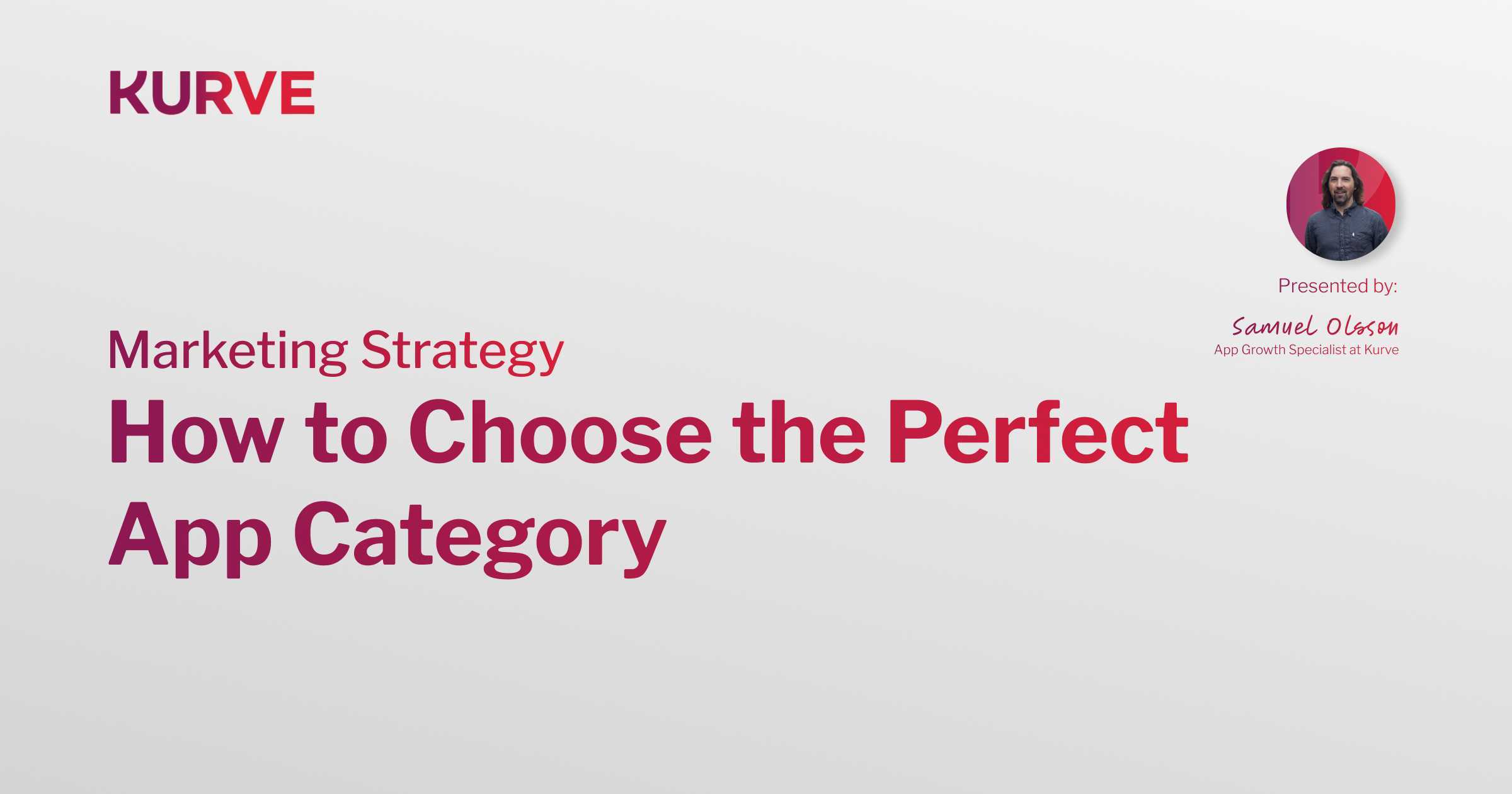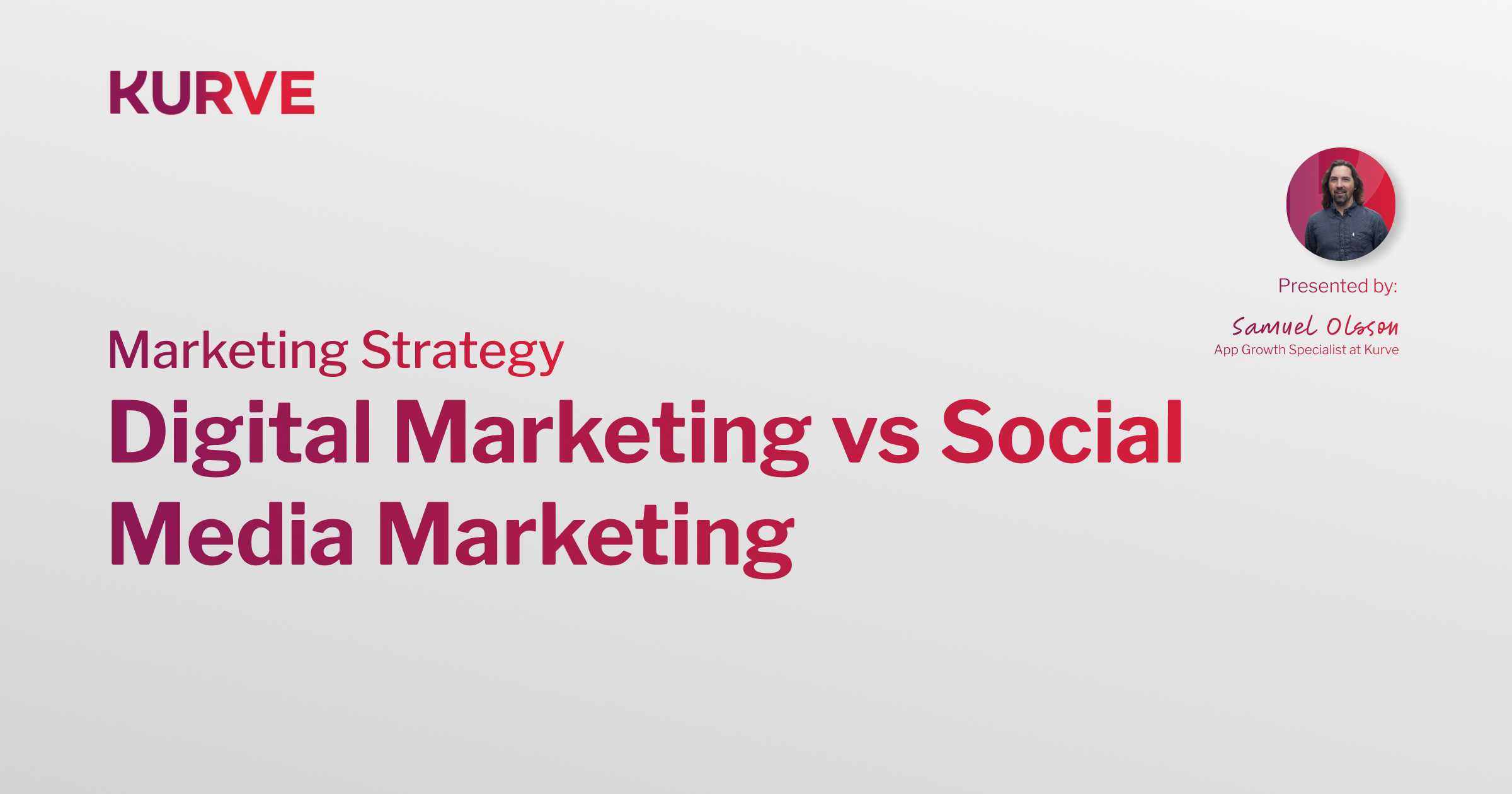The Biggest Mistakes With Audience Personas
Typical Errors When Creating Audience Personas
Defining buyer personas is an essential exercise. 90% of businesses using personas have developed a clearer understanding of their audience. This is a critical first step to developing a 360 view of your customer. Personas help you narrow down specifics, with the aim of tailoring campaigns for maximum impact and efficiency in the long-run. Many businesses pay lip service to persona creation, and pay the price for a false start. Whilst knowing an audience doesn’t stop at persona creation, this stage is important to get right. I see a number of mistakes that must be avoided. In this article, I will outline five of the most common.
Making assumptions
“The worst mistake of first contact, made throughout history by individuals on both sides of every new encounter, has been the unfortunate habit of making assumptions. It often proved fatal.” - David Brin
Using anecdotal information, biased opinion, or gut intuition to create your buyer persona will result in failed campaigns. You might assume that your target market is mid-30s females in the suburbs, and you might assume that the online channel they use is Instagram. But without data to support these conclusions, you’re shooting in the dark. Use existing customer data as a starting point. Dig into behaviours and needs, rather than focusing solely on demographics. Ideas are fantastic, but always validate those ideas with robust evidence; qualitative and quantitative. Use existing research studies and analyse your competitor’s audience to feed it into your persona research. Tip: Use Clearbit Reveal to track user activity in your app or website. This can be supported by monitoring Google Analytics to help you get a handle on how your audience interacts with your product. This will inform persona development.
Getting into irrelevant parameters
“Everybody gets so much information all day long that they lose their common sense.” - Gertrude Stein You don’t need to include every little piece of information. In-depth research will result in data that isn’t relevant to your positioning. If you’re launching a B2B marketing software, the fact that one segment of your audience “loves ice cream” isn’t helpful. Emphasising this type of fact is counterproductive in the context of your business and its goals. In this case, you mustn’t focus on messages for a “31 year old marketing manager with a penchant for ice cream”. Instead, you are communicating with a person who needs to improve the performance and efficiency of their team. This is the acute pain. The solution to their problem must help them do their job better. This leads us seamlessly on to...
Focusing on people rather than needs
“The bird is powered by its own life and by its motivation.” - A. P. J. Abdul Kalam
Your persona is a fictional character, but it is representative of a true individual. Demographics and personal information do provide a certain amount of insight, but you must also focus on the needs and pain points of that individual. What motivates them to seek a solution? Investigate pain points with qualitative and quantitative research methods, and determine how your product or service addresses those problems.
-
Identify what makes your buyers invest in your offer. What is the motivation?
-
Identify success factors. What are their expectations of your product or service?
-
Identify perceived risk. What are the barriers that prevent them from buying?
-
Identify their influences. Who do they listen to before making a purchase?
-
Identify decision criteria. What do they consider before agreeing to buy?
Wasting time on perfecting too many personas
“Have no fear of perfection - you'll never reach it.” - Salvador Dali
Audience persona research can be a time-drain. The job is never done. But you need to draw the line somewhere and start to test campaigns in different channels. Keep the process succinct, using data to the point of credible proof. Don’t create too many personas. This causes distraction, meaning you’ll spread budget too thinly across different audiences. Define, refine, and double-down on the areas where you see most return. Keep the balance, and retain focus on your core audience.
Starting from scratch
“Don't reinvent the wheel, just realign it.” - Anthony J. D'Angelo
If your business is up-and-running, you already have useful data and insights at hand. There’s no need to start from scratch. This existing information can be used to enrich personas, and provide an evidential basis from which to build. Research conducted and sold by third parties may also help, depending on your industry. As I’ve already mentioned, competitor analysis will also provide insights about an audience and help persona creation. Read this article about the ultimate tech stack for competitive analysis , and apply the intelligence tools to the purpose of building rich personas. Ask your existing customers which digital channels they frequent. Understand their pain points before they arrived, and their perception of you as a brand now. Understand what they don’t like about you. Ask them what they want. Use this information to build better personas.


